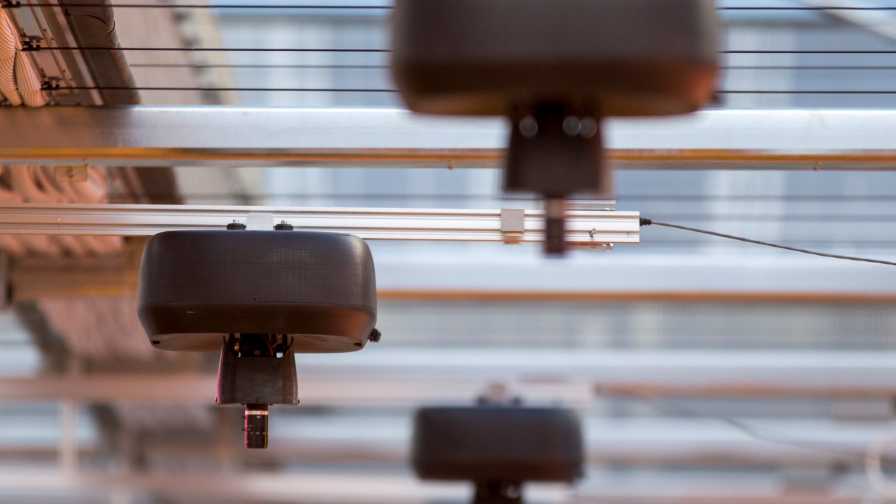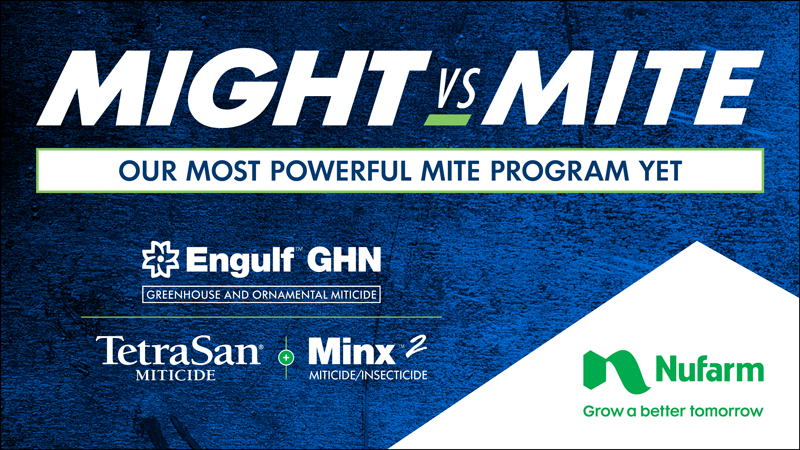Artificial Intelligence in the Greenhouse: Here To Stay or Gone Tomorrow?
Is Artificial Intelligence (AI) a fad? Boy, I hope not. That would mean no more Siri and Alexa — I might have to learn to shut off my own lights again. Tesla cars would be plain boring and forget about finding the shortest route to Disneyland on your GPS. With AI technology already entrenched in everyday activities such as online shopping, movie and music services, and even a visit to the doctor, I found it strange to see a couple of references lately where people were questioning its long-term viability as an ag or greenhouse tool.
AI touches more parts of our lives than we think. We’ve all seen its impact in controlled-environment production with machine learning and camera grading and imaging technologies, both subsets of AI. We’re also seeing it used in robotics and vertical farming. I think far from being a fad, AI is here to stay and one day it will be part of everyday greenhouse operations. I would go even further to say we may not be able to advance growing crops to levels unachieved before without AI.
Let me give you a few examples of technology helping us to get there.
Digital twin greenhouse technology uses AI to build digital 3-D greenhouse models that are updated with new data supplied in real-time from their real-world counterparts. The continual data updates allow the model to become increasingly accurate over time. Growers can then use the digital twin to predict what will happen with their real-world greenhouses. This type of tool allows them to explore alternative operational strategies without compromising the current operation or suffering crop losses.
Driverless trucks are already navigating the roads of West Texas, Arizona, California, and other states, albeit with a safety driver in the front seat. However, TuMobile plans to put driverless trucks on Texas roads within the next year or so, minus the safety driver, and companies such as Waymo and Daimler are advancing autonomous truck technology further every day.
San-Francisco-based start-up Embark is working to automate the freeway part of a truck’s journey, after which a human driver would take over to navigate through city streets and local roads. The goal is to reduce human drivers’ time behind the wheel so they can complete more trips than regulations allow them to do now. Our industry has felt the impact of less available truck drivers and trucking regulations. Think of the possibilities.
Insect pests and diseases account for a large portion of crop losses each year both inside and outside of the greenhouse. Crop scouting requires manpower and a good eye. We already have systems available that can provide regular pest and disease alerts and even diagnose problems in some cases. I believe this technology will only get better and more accurate with time. Think of the time and labor-saving potential in this one area alone.
Data that comes from AI systems can be invaluable when used properly, whether it’s for decision making, driving sales, tracking crop patterns, or reducing the use of inputs. And think of the years of growing knowledge that can be accumulated through AI systems that future growers can use and build upon to grow better crops.

Luna by iUNU is a greenhouse AI platform using aerial robots on tracks that scan the entire production area several times a day using computer vision.
Photo courtesy of Sunrise Greenhouses
While we are hearing more about advances in AI technology every day, we have a way to go in embracing it fully in the controlled-environment industry. There are still hurdles to navigate in figuring out the best ways to use this technology and exactly where the human grower fits into the scenario. I know people who see AI as the enemy, as a replacement for humans.
What I see is a technology that stands side-by-side with humans, making their jobs easier and freeing them up to focus on more important things. In that sense, I hope for our sake it is here to stay.









